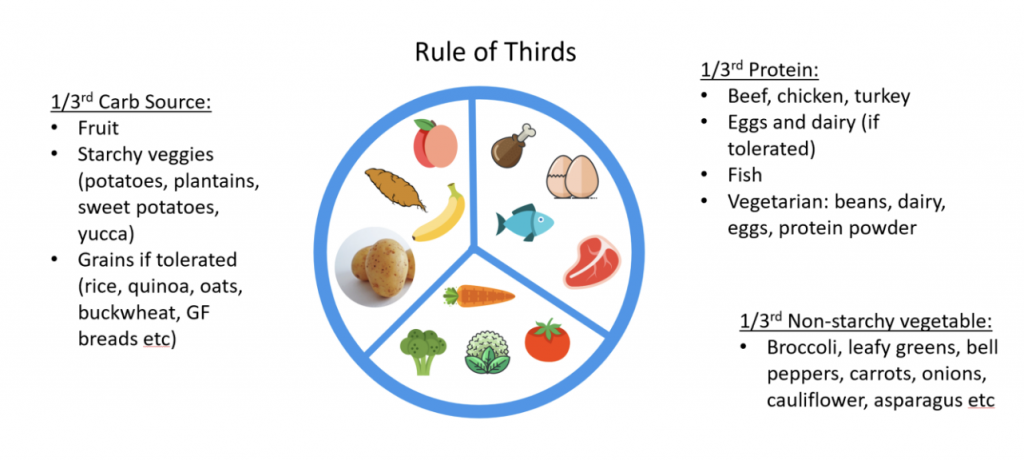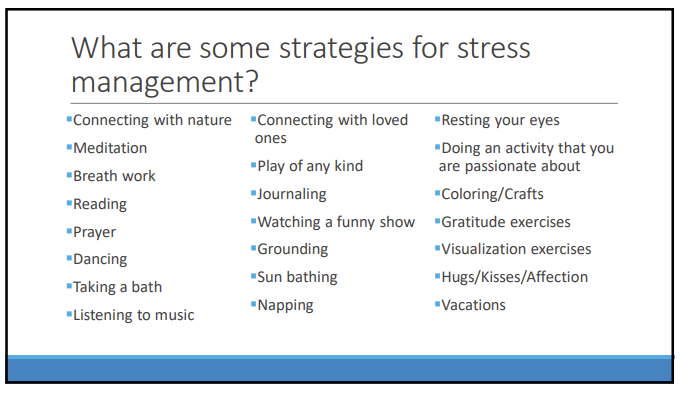Baron October 3rd Update
Long story, short. After praying about it, I ended up deciding not to go the long-distance doctor I told you about last time. At least for now. I can always go to him later.
A lot of the reason I decided this is because right about the same time I was researching doctors, I realized my SIBO was back. SIBO stands for Small Intestinal Bacterial Overgrowth and it basically means you have too many bad bacteria in your small intestines that move there from other parts of your digestive system.
A lot of people in the natural health community say that most people who are diagnosed with IBS really just have SIBO. Symptoms include abdominal pain and bloating, either constipation or the opposite (depending on which types of bacteria are bothering you), getting sick a lot, tired after eating and a bunch of other things I can’t remember.
I realized it because I could smell it on my breathe. I know that’s weird but I had it five years ago and went and had it diagnosed with my current doctor and worked really hard to kill the bad bacteria with strong supplements and a really strict diet that’s called low FODMAP, which are fermentable, starchy carbs.
Some examples of foods you aren’t supposed to eat are potatoes, chickpeas, milk, cheese, and sugars. I know that once you have SIBO generally there is a very high occurrence of it happening again and I happened to have one of the supplements I took last time so I tried taking it for a few days with dinner and I felt so good!
So I started researching to see if SIBO could be causing some of my other symptoms and I kept running across this website called SIBOdiaries and what she said really made sense. She talks a lot about SIBO how SIBO is actually just a symptom of poor digestion and how you need to address the root causes of your poor digestion or you won’t get very far treating your SIBO and it will just keep coming back.
After reading lots of her blog posts, I just decided to do her course so I could really dive into things and do the right things in the right order because I’m really tired of trying to figure this all out by trial and error.
I’ve completed the first few lessons and I’m going to try to summarize them here for you because pretty much everyone could use some tweaking with their digestion for prevention and to just feel good and have a better life. She talks about most things on her blog so I’ll link to those as well so you don’t have to take the course but you can learn more in-
depth about certain subjects if you want.
Meet your Calories Needs – So many people with SIBO don’t eat enough calories because of food sensitivities and/or from trying to eat low FOODMAP. I know I wasn’t eating enough calories a lot of the time since I was trying to lose weight and just didn’t want to eat so much food.
But undereating is really stressful on your body and causes you to not rest and digest your food and not get enough nutrients. She recommends you use the “Cronometer” app to track your food for a few days and see if you are getting enough calories for your age, weight, activity level, etc.
She talks about making small changes and doing what your body can tolerate within reason and then slowly getting more and more to the ideal. So I’m trying to make sure I get enough calories by adding vegetables to my lunch and by making sure I always eat large dinners that are balanced.
Balance Your Plate – this is really important and interesting because it took me years to figure out when I have a balanced plate that my crashing is a lot better. I also often try to cheat and eat too many carbs and not enough protein and vegetables so this is a really good guide. I think this chart speaks for itself –

When you follow this chart you basically end up getting your macro and micro nutrients, fiber, polyphenols and making your gut really happy and balanced.
It’s also really important to try to eat a really wide variety of foods so you get a wide variety of beneficial nutrients.
I think I’m going to end up eating meat once or twice a week because I have to eat a lot of legumes to get enough protein and I don’t always feel like eating legumes every day.
Another thing I want to try to figure out is how our family can eat more of the same foods, so some ideas are making meals we used to love that had lots of meat and little to no vegetables in them and making them with less meat and adding vegetables and/or whole grains so everyone is happy and eating a balanced plate.
Stress Management – since it’s impossible to eliminate stress in our lives, the goal is to try to manage it better because when you’re stressed out, your gut is too. She recommends trying to do at least two de-stressing activities a day such as these –

Movement – It’s important to get enough movement but not too much. When you exercise it just get things flowing and working better but when you exercise too much or too intense then it stresses out your body and moves the blood flow from your gut to your muscles.
She recommends getting at least 5,000 steps a day no matter what but then also doing some sort of intentional movement like walking, lifting weights, biking riding, light jogging for no more than 40 minutes, yoga, or qigong (my favorite right now).
She says if you want to do more intense exercise then to wait until after your gut is doing better then slowly start exercising more intensely.
Sleep – doesn’t everyone need more sleep? She recommends at least 7 hour a day of actual sleep but ideally 8 to 9 hours.
I haven’t gotten to the rest of the program yet but it’s mostly about supplements to take to help with digestion, your brain-gut axis, your biome, hormones and liver.
Scooters
This week was pretty “normal” but we did start renting two scooters from the place Rachel rents hers. We are going to try it for a month then turn them back in for the winter and decide next spring if we want to rent them again.
Some reasons we are renting them are –
- Tyler can ride one to work because it’s getting really old driving him to work and picking him up around 11 pm a lot of days.
- Ruby can ride a scooter instead of her wheelchair (she loves to go on walks with Grandma and me but it’s too far to walk by herself so we have to push her in the wheelchair)
- We can run close errands without wearing out the car or van and because one or both of those are often in use. Places like the post office, library, church, Rachel’s, people in our ward, the grocery store and Costco if we aren’t getting much.
- Norm won’t have to always be the one running errands. Our children can start doing some of them by themselves.
- To spend quality time together and just have fun.
- To get outside more.
- So we don’t have to buy bikes for our children. Yes. Bikes are better for exercise but the prices have doubled or tripled since COVID and a scooter seems more cost-effective and the children are much more likely to want to say go on a ride on the Murdock Trail or Parkway trail with us to go Geocaching if Norm and I are on bikes and they are on scooters.
For those curious, they can go up to 15 mph and have about a 20 mile range. They charge really fast, like maybe in an hour or two. They do all routine repairs but you have to pay for things like a flat tire. They give you a lock and they have GPS on them. If one is stolen, you pay them $250 to get a replacement and if the police recover it then you get a $100 back.
The laws in Utah are that you can’t ride by yourself if you are under eight, you have to obey all traffic laws and most bike laws a few other common sense things.
It costs $50/month to rent one and you need to be an adult to rent one. Alternately, you can buy one for $1,200 but then you have to pay for all the maintenance, you have to pay for the full cost to replace it, and they don’t have GPS on them.